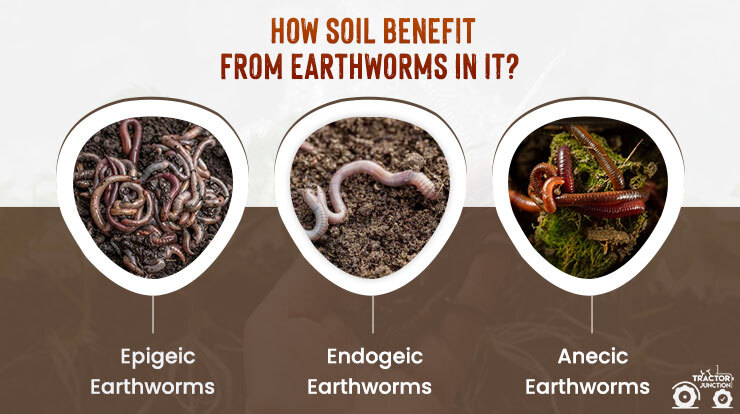What Does North Carolina Worms Do?
Indicators on North Carolina Worms You Need To Know
Table of ContentsUnknown Facts About North Carolina WormsWhat Does North Carolina Worms Mean?A Biased View of North Carolina WormsNot known Incorrect Statements About North Carolina Worms
Instance: 1-gallon of worm castings to 4 gallons of potting mix. 1/2 cup in the bottom of the growing opening for smaller plants. 1 cup for bigger plants.
The enhancement of tea can likewise add raised microbial biomass to your soil. You can always side-dress your plants with worm spreadings at any moment. Just bear in mind, the bacteria will pass away if exposed to UV rays (Sunlight), so be sure to cover the spreadings with an inch or two of soil.
This baffled them for years till the screening techniques came to be better. It would certainly get much better(with even more castings), level off, and after that decline. As well many worm spreadings would speed up the growth to a rate that the plant could not recuperate from.
Some Of North Carolina Worms
I have stated the virtues of worm castings for about 2000 words. Worm castings are no various. It takes time to develop top quality worm spreadings.
Worm spreadings definitely cost even more than chemical plant foods. Worm castings are on the cheaper end of organic plant foods. (50 gallons per year) It is a much more challenging and extremely expensive financial investment to create large quantities of worm castings.

Creating a healthy and balanced soil might be the best benefit of worm castings. Healthy and balanced soil was discussed and just how crucial this has come to be to everybody. The leading ten benefits of worm spreadings were likewise presented. We discussed worm castings NPK and also the correct nutrient evaluation that ought to put on worm castings.
Rumored Buzz on North Carolina Worms
Lastly, we discussed a few of the disadvantages connected with worm spreadings. I covered a great deal of product in this short article. There are a great deal of web links (interior and external). If you would such as more info on a certain topic, please click with the web links for more information. As constantly, really feel cost-free to comment or ask questions.
The upright burrows are commonly open, although the worms cover the leading with residue and excrement. Roots require oxygen for their development, whereas they create carbon dioxide that needs to leave the soil.
Earthworms increase porosity by 2 devices: (1) by producing long-term burrows, and (2) by improving soil gathering. Gathering is enhanced by the mixing of dirt and raw material in the earthworms' guts. North Carolina Worms. These very steady aggregates are deposited by some earthworms in their burrows, and by others at the surface of the soil


In one more research study, earthworms were approximated to eat 4 to 10 percent of the top 6 inches of the dirt every year. This only mosts likely to show the huge quantities of soil that can be refined by earthworms. Soil compaction reduces the porosity of the soil. Because earthworms boost porosity, they minimize the effects of compaction.
North Carolina Worms Can Be Fun For Everyone
Regular earthworm populaces can quickly eat 2 lots of dry matter per acre per year, partially absorbing and blending it with soil. The relevance of earthworms to mix surface deposit with soil ends up being really clear in dirts that do not have any earthworms. A lot of our Pennsylvania soils have at least some earthworms, and the result of their full absence, consequently, can not be kept in mind.
(https://relevantdirectories.com/North-Carolina-Worms_278705.html)In these dirts, the formation of topsoil with reasonable raw material content did not happen, causing poor plant development. Once the cause was established, the government of the Netherlands began a campaign to introduce earthworms. After the intro of the earthworms, a dark topsoil layer was formed, and crop development increased significantly.
They live mostly from partly decayed organic issue that is already included in the dirt. They consume their means via the soil, creating horizontal burrows that they fill with their waste matter. These types consume huge quantities of soil that they mix with digested crop residue in their guts. or anecic varieties live in permanent upright burrows that can be 5 or 6 feet deep.
Their burrows remain open, although they top the top with crop deposit that they draw to the entrance. These species ingest significant amounts of dirt that they blend with digested deposit in their digestive tracts. Their excrement is mainly transferred at the surface of the soil. The nightcrawler Lumbricus terrestris is the most popular member of this group.